Tags: Astronomy

Largest Camera Ever Built Arrives at Rubin Observatory in Chile: How Did They Ship It?
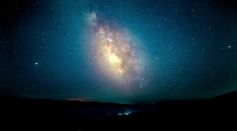
New Stellar Theory Proposes ‘ONe Novae’ as Crucial Source of Phosphorus in Stellar Explosions
$19 Billion Vera C. Rubin Observatory in Chile Is Set to Change Our Understanding of Astronomy, Answer Questions About the Universe
Standard Gravity Breaks Down at Low Acceleration Pure Binary Stars [Study]

How Artificial Intelligence (AI) Makes Astronomy Faster, More Powerful?
BlueWalker 3 Satellite Now One of the Brightest Objects in the Night Sky, Signaling Low-Earth Orbit's Brightening Crisis

Astronomy and Physics' Top 10 Most Peculiar Terminologies: Which Are the Quirkiest Ones?
Medieval Pocket Sundial Found in Germany Provides ‘Spotlight Like Insight’ Into People’s Knowledge in Astronomy, Mathematics

Buck Moon To Occur in July: Here’s What To Expect in the First Full Supermoon of 2023
Did Ancient Maya Tracked Comets and Novas? Experts Present New Evidence of This Astronomical Feat
Crystallizing White Dwarf From a Quadruple Star System Turns Into a Cosmic Diamond

On This Day 50 Years Ago: NASA Launched Historic Skylab Space Station on May 14, 1973
CHARA Array Getting Its Seventh Movable Telescope With Increased Resolution to Better See Small Objects
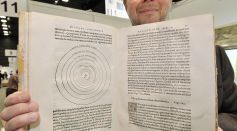
First Edition of Nicolaus Copernicus' Book Could Cost $2.5 Million; How Did It Revolutionize Astronomy?

Unlocking the Secrets of Neutron Star Mergers: Astronomy Research Sheds Light on Gravity and the Universe's Age

Messier 61 (NGC 4303) Photos Unveils Secrets of Star Formation in Distant Spiral Galaxy: Astronomy Breakthrough

Brown Dwarf Discovery Orbits Star in Hyades, Advancing Understanding of Exoplanets in Astronomy
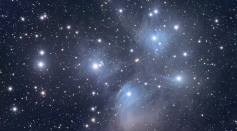
Astronomy Meets Folklore: Here Are Ancient Astronomers' Attempts in Understanding the Night Sky [Study]
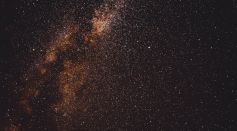
Astronomy Catalog Reveals the Presence of 3.3 Billion Celestial Objects Across the Milky Way Galaxy
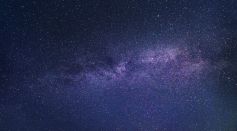
Huge Bubble of "Swiss Cheese" Surrounding Earth Has Now Been 3D Mapped For the First Time
Most Popular

Largest Known Volcanic Aquifer Discovered Beneath Oregon's Cascades

New 'Supergiant' Sea Bug Found in South China Sea, Named After Darth Vader

Mediterranean Sea Was Refilled by a Catastrophic Flood Millions of Years Ago

Mysterious Cosmic Waves That Sound Like Birds Detected in Unexpected Space Region




